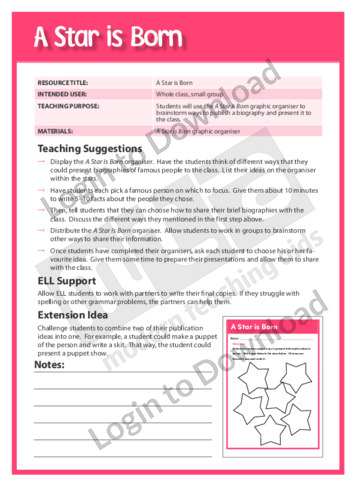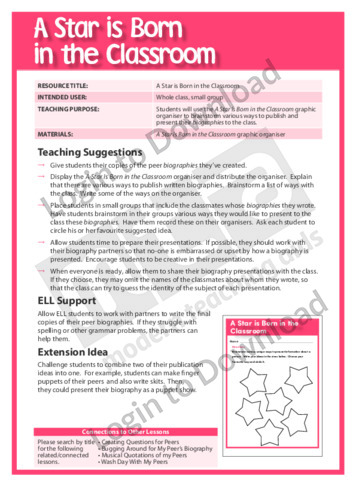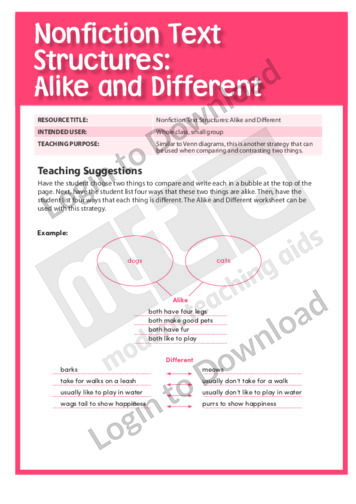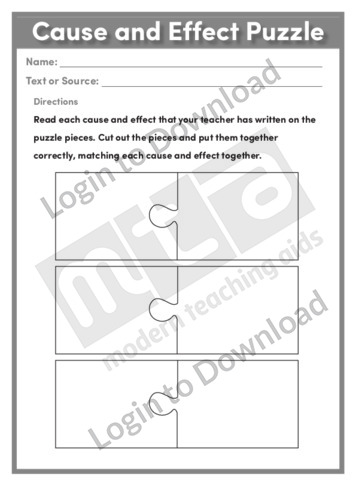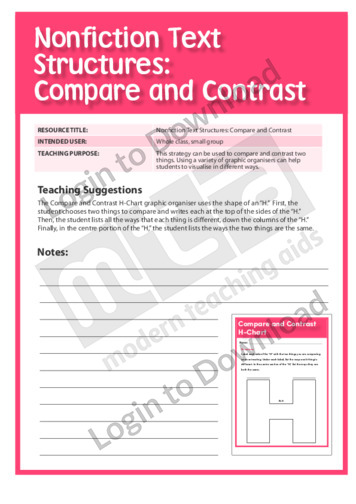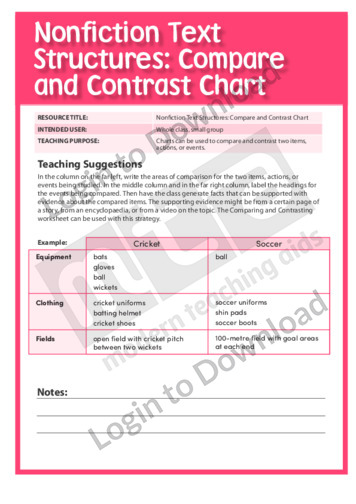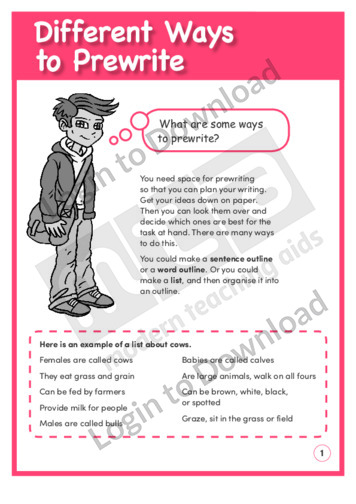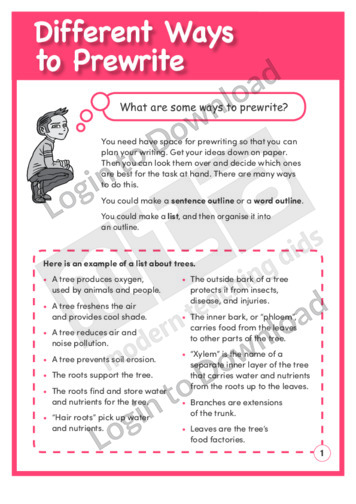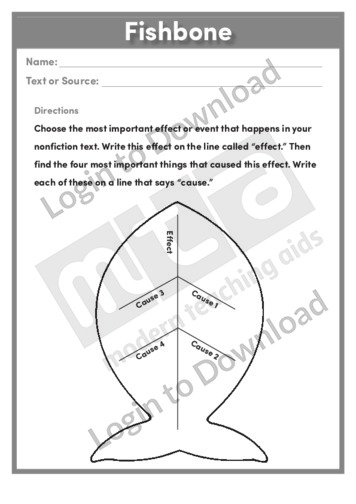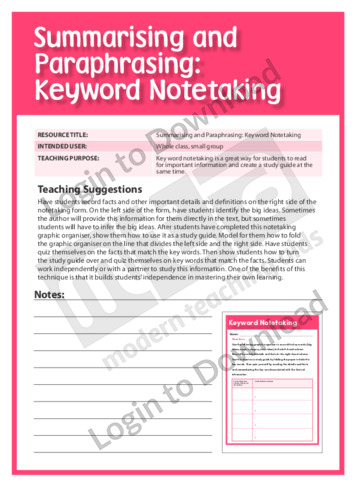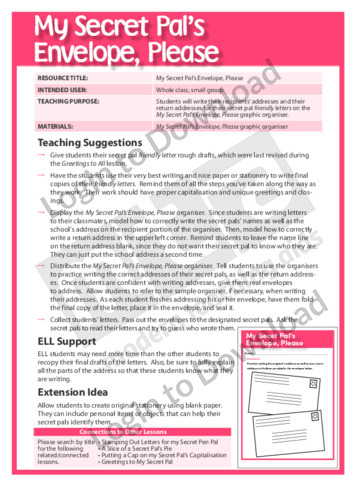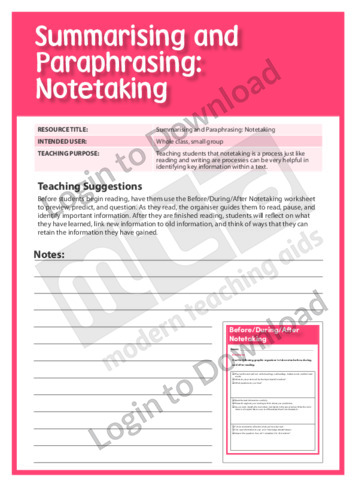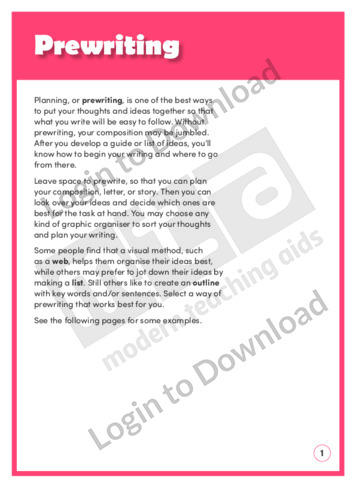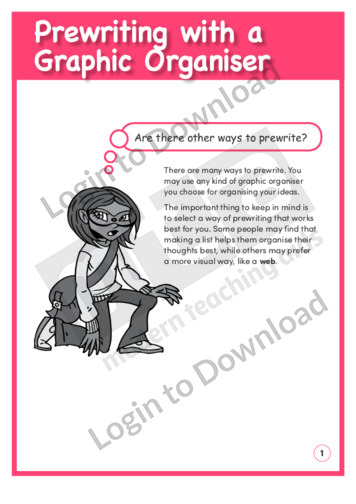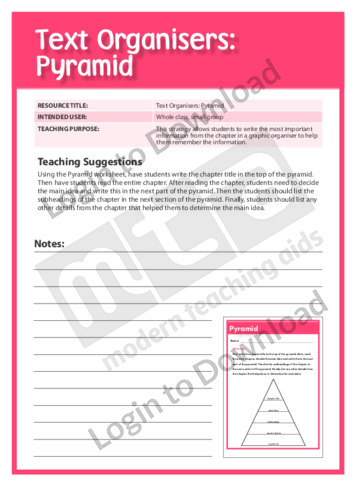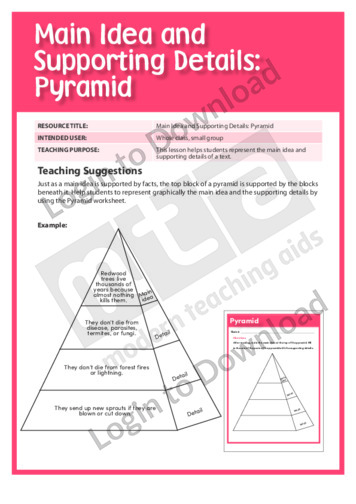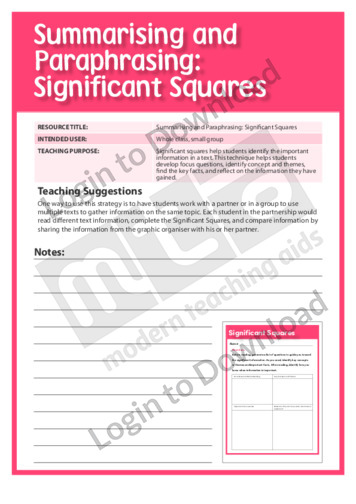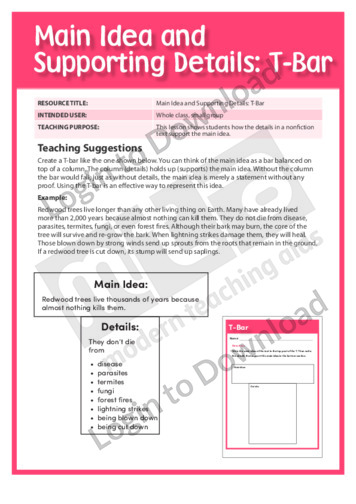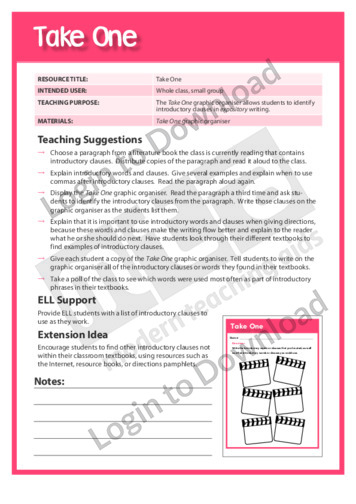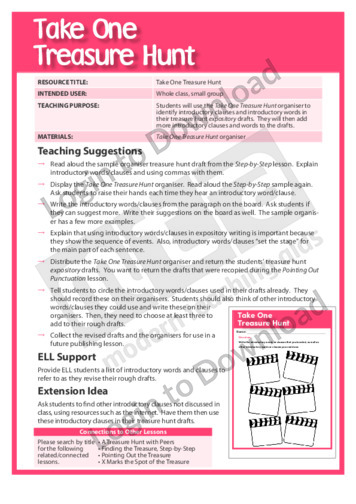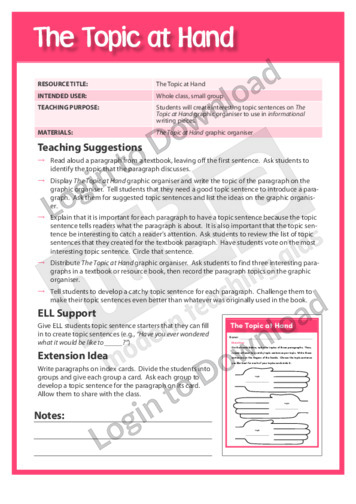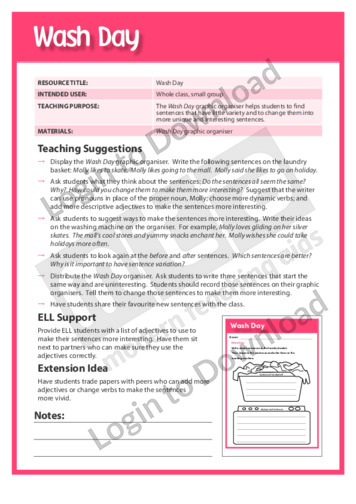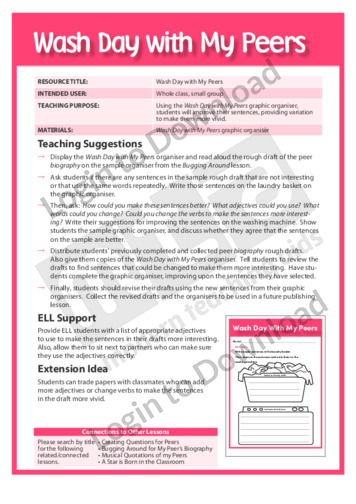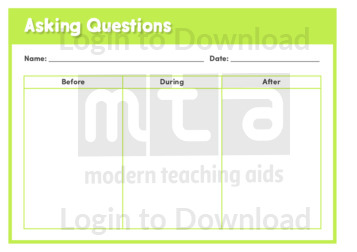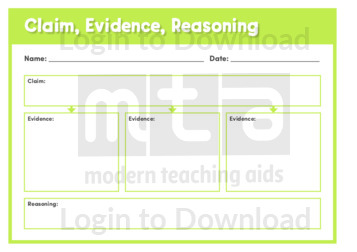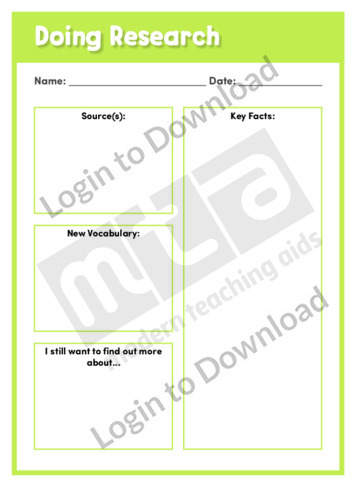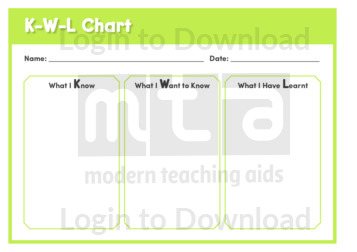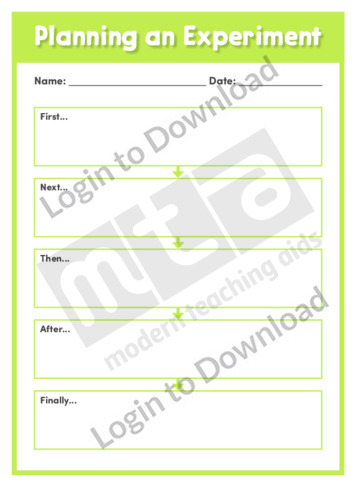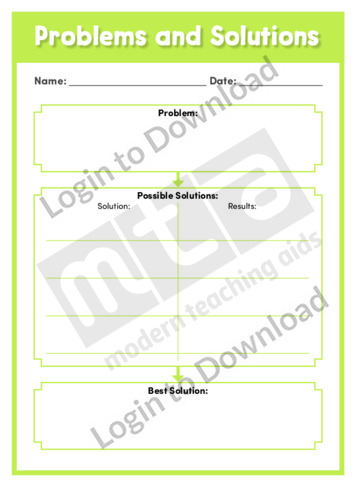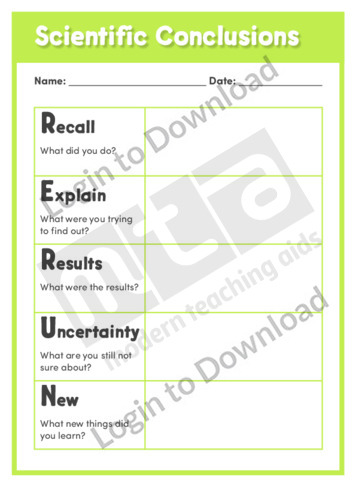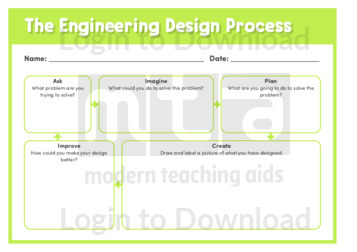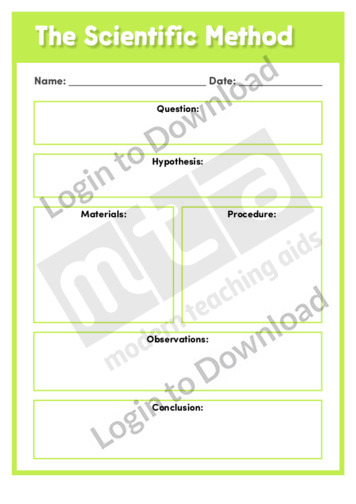This graphic organiser, ‘A Star is Born’ provides students with the opportunity to brainstorm ways to publish a biography and present it to the class.
This graphic organiser, ‘A Star is Born in the Classroom’ provides students with the opportunity to brainstorm ways to publish a their peer biographies and present them to the class.
This content area reading learning activity, ‘Alike and Different,’ helps students compare and contrast two things. It is aimed at helping students see a visual representation of common elements.
This content area reading learning activity, ‘Cause and Effect Puzzle,’ helps students understand the relationship between cause and effect. It has students match causes and effects written on puzzle pieces in order to put the puzzle together.
This content area reading learning activity, ‘Compare and Contrast,’ helps students compare and contrast two things. It is aimed at helping students see a visual representation of common elements.
This content area reading learning activity, ‘Compare and Contrast Chart,’ helps students compare and contrast two things. It is aimed at helping students see a visual representation of common elements.
This content area reading learning activity, ‘Concept Mapping,’ helps students organise the subtopics and details around the concept they are learning. It allows for quite a bit of flexibility in that students can identify different subtopics and arrange the details accordingly.
This content area reading learning activity, ‘Concept Wheel,’ helps students find the main idea and supporting details in a passage. The main idea goes in the centre of the wheel and the details that answer the questions radiate from the main idea like spokes on a wheel.
This content area reading learning activity, ‘Fishbone,’ helps students understand the relationship between the cause and the following effects. It has students use a graphic organiser to record the most important effect that happened in their nonfiction text and the four most important things that caused this effect.
This content area reading learning activity, ‘Key Word Notetaking,’ helps students read for important information and create a study guide. It is aimed at building students’ independence in mastering their own learning.
This graphic organiser, ‘My Secret Pal’s Envelope, Please’ provides the opportunity for students to practise writing addresses for letters to their secret pals.
This content area reading learning activity, ‘Notetaking,’ helps students identify key information within a text. It is aimed at developing students’ skills in summarising by teaching them that notetaking is a process just like reading and writing are processes.
This content area reading learning activity, ‘Notetaking Wheels,’ is a fun way to celebrate the students’ learning of factual information as well as their increasing skills with summarising. It is particularly useful with nonfiction text that is organised in a narrative fashion as texts often are in social studies.
This content area reading learning activity, ‘Pyramid,’ helps students identify the most important information in a text. It is aimed at helping students remember the important information in a text by having them record it in a graphic organiser.
This content area reading learning activity, ‘Pyramid,’ helps students represent the main idea and supporting details of a text. It encourages students to think of the main idea as the top block of a pyramid, which is supported by the blocks beneath it (facts).
This content area reading learning activity, ‘Significant Squares,’ helps students identify the important information in a text. It is aimed at helping students develop focus questions, identify concept and themes, find the key facts and reflect on the information they have gained.
This content area reading learning activity, ‘T-Bar,’ shows students how the details in a nonfiction text support the main idea. It encourages students to think of the main idea as a bar balanced on top of a column, and the column (details) holds up (supports) the main idea.
This graphic organiser, ‘Take One’ supports students in developing their writing skills by identifying introductory words and clauses in expository writing.
This graphic organiser, ‘Take One Treasure Hunt’ supports students in developing their writing skills by identifying introductory words and clauses in their own expository writing.
This graphic organiser, ‘The Envelope, Please’ provides the opportunity for students to practise writing addresses for friendly letters.
This graphic organiser, ‘The Topic at Hand’ supports students in developing their writing skills, focusing on topic sentences and paragraph structure.
This graphic organiser, ‘The Topic at Hand for the Animals’ supports students in developing their writing skills, focusing on topic sentences and paragraph structure in their animal drafts.
This content area reading learning activity, ‘Venn Diagrams,’ helps students compare two things that have some similarities and some differences. It is aimed at helping students see a visual representation of common elements.
This graphic organiser, ‘Wash Day’ supports students in editing and revising their writing, looking at different sentence types to ensure variety in their writing.
This graphic organiser, ‘Wash Day with My Peers’ supports students in editing and revising their draft writing about a peer, looking at different sentence types to ensure variety in their writing.
This ‘Asking Questions’ graphic organiser provides a template for students to organise their thoughts and questions about a topic at various stages of learning. This open-ended graphic organiser could be used to support students in formulating questions about a wide range of areas of scientific study, for example before, during and after an experiment or …More
This ‘Claim, Evidence, Reasoning’ graphic organiser provides a template for students to organise their ideas about a claim or assertion that has been put forward. The graphic organiser invites students to make a note of the claim, then provide three separate pieces of evidence to support the claim, before finally giving them an opportunity to …More
This ‘Doing Research’ graphic organiser provides a template for students to record and track their research. This graphic organiser is an ideal framework for students to note their sources of information, any new vocabulary they learnt in the course of their research, the new information they learnt and any further research they would like to …More
This ‘K-W-L Chart’ graphic organiser provides a template for students to explore what they know, what they want to know and what they have learnt about a given topic. The open-ended nature of this graphic organiser makes it suitable for supporting students in a wide range of scientific investigations and areas of study, as well …More
This ‘Observation and Inference’ graphic organiser provides a template for students to think critically and analytically about their observations. Students are prompted to record observations, then follow these up with inferences that they have made based on those observations. Finally, students are asked to explain why they have made those inferences. The ability to not …More
This ‘Observation Log’ graphic organiser is the perfect template for students carrying out any observation-based experiments or projects. The graphic organiser contains four clipboard-style spaces for students to record the date and their observation notes and can be photocopied to provide as many days’ worth of notes as is required.
This ‘Planning an Experiment’ graphic organiser provides a template for students to methodically plan an experiment from start to finish. The timeline format of this graphic organiser prompts students to consider the elements and actions required at each step of an experiment, supporting them in developing key investigation and experiment planning skills that are essential …More
This ‘Problems and Solutions’ graphic organiser provides a template for students to identify a range of possible solutions to a given problem, then establish the best solution from these options. The graphic organiser allows students to organise their ideas about solutions to a problem in a clear format, providing them with the opportunity to brainstorm …More
This ‘Scientific Conclusions’ graphic organiser provides a template for students to use the RERUN method to write a scientific conclusion. The letters of the acronym RERUN stand for ‘recall’, ‘explain’, ‘results’, ‘uncertainty’ and ‘new’, and students are provided with a short summary of each of these terms to support them in structuring their responses.
This ‘STEM Vocabulary’ graphic organiser provides a template for students to record new vocabulary that they come across in the course of their STEM learning experiences in a simple and familiar table format. Students can note any new vocabulary that they learn, then research to find a definition that they can record next to the …More
This ‘The Engineering Design Process’ graphic organiser provides a template for students to plan an experiment using the well-known engineering design process parameters. The engineering design process is a series of steps that engineers typically follow to come up with a solution to a problem, emphasising creative problem-solving, teamwork, resilience and design efficiency. Each text …More
This ‘The Scientific Method’ graphic organiser provides a template for students to use and understand this essential process of scientific enquiry and process. The graphic organiser prompts students to identify a problem by asking a question, then formulate a hypothesis based on this question. Students are then given the opportunity to plan an experiment, recording …More
It�s that easy!

